Children 1 Name Sybil Ludington | Parents Henry Ludington | |
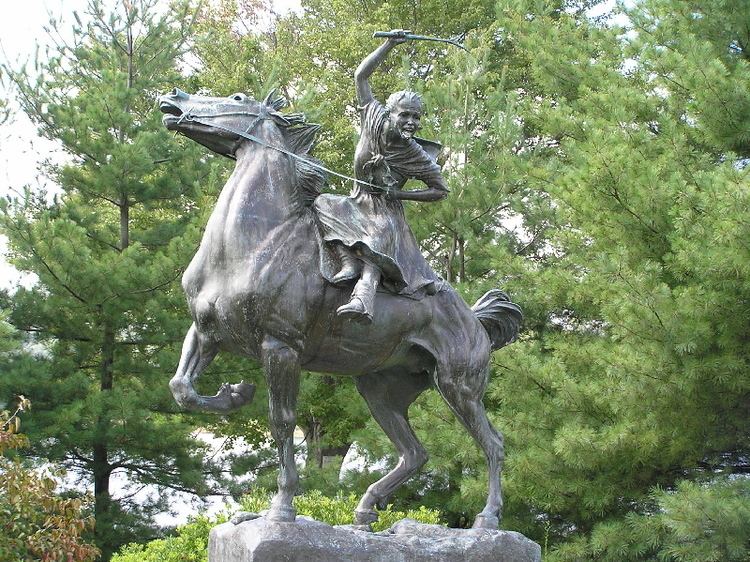 | ||
Spouse(s) Edmond Ogden (married in 1784) Died February 26, 1839, Catskill Similar People Henry Ludington, Paul Revere, Deborah Sampson, Margaret Corbin, Molly Pitcher | ||
Sybil ludington full length trailer
Sybil Ludington (April 5, 1761 – February 26, 1839), daughter of Colonel Henry Ludington and his wife, Abigail Ludington, has been celebrated as a heroine of the American Revolutionary War since about 1900. On the night of April 26, 1777, at the age of 16, she rode her horse, Star, on a night ride to alert militia forces in villages of Putnam County, New York and Danbury, Connecticut, to the approach of the British regular forces. The ride was similar to those performed by William Dawes and Paul Revere (Massachusetts, April 1775), and Jack Jouett (Virginia, 1781), although Ludington rode more than twice the distance of Revere and was much younger than the men. Known locally to neighbors and friends, her story was first published in 1880 by local historian Martha Lamb.
Contents
- Sybil ludington full length trailer
- Drunk history sybil ludington s midnight ride
- Childhood
- Ludingtons ride
- References
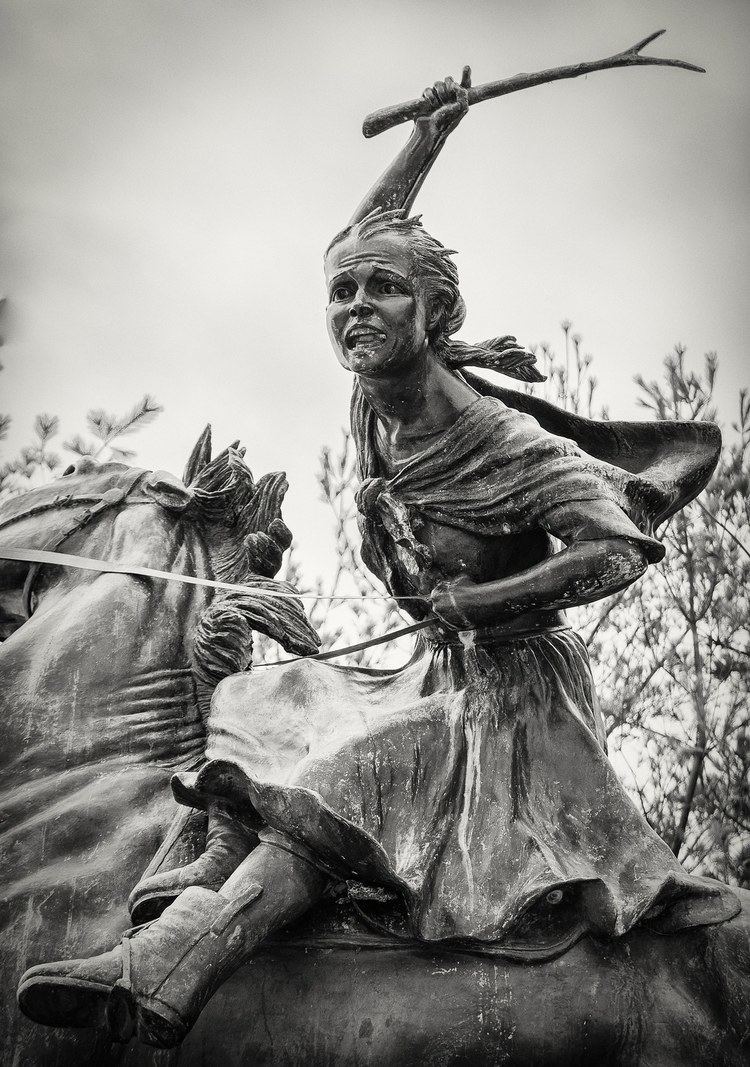
Lamb said that she relied on numerous primary sources, including letters, sermons, genealogical compilations, wills, and court records. In the early 21st century, historian Paula Hunt wrote, "Sybil’s ride embraces the mythical meanings and values expressed in the country’s founding. As an individual, she represents Americans’ persistent need to find and create heroes who embody prevalent attitudes and beliefs." The legend was attacked by some conservatives as too trivial and too feminist. They did not say it never happened. More recently prominent conservatives have hailed her exploits. In 1996 the national Daughters of the American Revolution said the evidence was not strong enough to support their criteria for a heroine, and removed a book about her from their bookstore. The DAR chapter near her home says her exploit was documented and continues to honor her. Paula Hunt concludes, "The story of the lone, teenage girl riding for freedom, it seems, is simply too good not to be believed." Sybil Ludington was an aunt of Harrison Ludington, a governor of Wisconsin.
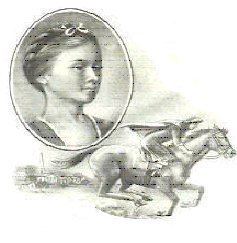
Drunk history sybil ludington s midnight ride
Childhood
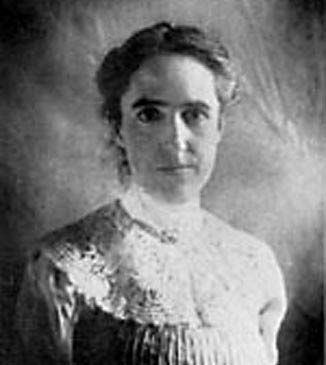
Sybil was born in Fredericksburg (now Ludingtonville), New York. She was the eldest of twelve children. Lewis Ludington was the youngest and born June 25, 1786. Sybil’s mother, Abigail Knowles Ludington, married her first cousin Henry Ludington after meeting him during the French and Indian War. Sybil was conceived a year after the couple married. The small family moved to Dutchess County, New York, and the couple had more children. They lived on and farmed a very large piece of land.
Ludington's ride
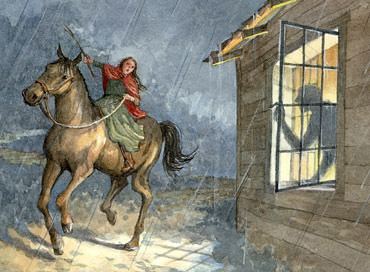
On April 26, 1777, Sybil Ludington rode 40 miles (64 km) through the night in Putnam County, New York to warn approximately 400 militiamen under the control of her father that British troops were planning to attack Danbury, Connecticut, where the Continental Army had a supply depot. On her way to gather her father’s troops, she warned the people of Danbury.
Sybil’s father, Colonel Henry Ludington, had fought in the French and Indian War. He volunteered to head the local militia during the American Revolution. Due to her father’s position, Sybil had to move from town to town following her father, and unknowingly played an important role in the success of the colonies. The afternoon after Sybil warned residents of Danbury, the British troops burned down three buildings and destroyed multiple houses, but did not kill many people. Unlike accounts about Paul Revere and William Dawes rides before the outbreak of the Revolution, little was told of Sybil Ludington's ride for personal reasons; the only record of this event was written by her great grandson. Ludington's ride started at 9 p.m. and ended around dawn.
She rode a total of 40 miles (64 km) in the hours of darkness. She rode through Carmel on to Mahopac, thence to Kent Cliffs, from there to Farmers Mills and back home. She used a stick to prod her horse and knock on doors. She had to defend herself against a highwayman with the stick. By the time she returned home, soaked with rain and exhausted, most of the 400 soldiers were ready to march.
The American militia arrived too late to save Danbury. But, at the start of the Battle of Ridgefield, they were able to drive General William Tryon, then British governor of the colony of New York, and his men to Long Island Sound. Ludington was congratulated for her heroism by friends and neighbors and also by General George Washington.
After the war, in 1784, when she was 23 years old, Sybil Ludington married Edmond Ogden. They had one child together, named Henry. Edmond was a farmer and innkeeper, according to various reports. In 1792, she settled with her husband and son in Catskill, where they lived until her death on February 26, 1839, at the age of 77. She was buried near her father in the Patterson Presbyterian Cemetery in Patterson, New York. Her tombstone, at right, shows a different spelling of her first name.
In 1935 New York State erected a number of historic markers along her route. A statue of Sybil, sculpted by Anna Hyatt Huntington, was erected near Carmel, New York, in 1961 to commemorate her ride. Smaller versions of the statue were erected on the grounds of the Daughters of the American Revolution Headquarters in Washington, D.C.; on the grounds of the public library, Danbury, Connecticut; and in the Elliot and Rosemary Offner museum at Brookgreen Gardens, Murrells Inlet, South Carolina.
In 1975, Sybil Ludington was honored with a postage stamp in the "Contributors to the Cause" United States Bicentennial series. Each April since 1979, the Sybil Ludington 50k Run, a 50-kilometre (31 mi) ultramarathon footrace, has been held in Carmel, New York. The course of this hilly road race approximates Sybil's historic ride, and finishes near her statue on the shore of Lake Gleneida, Carmel. Poet Berton Braley wrote a poem about the event.
A 2014 episode of Comedy Central's Drunk History featured the story of Sybil Ludington's ride, with Sybil being portrayed by Juno Temple.
